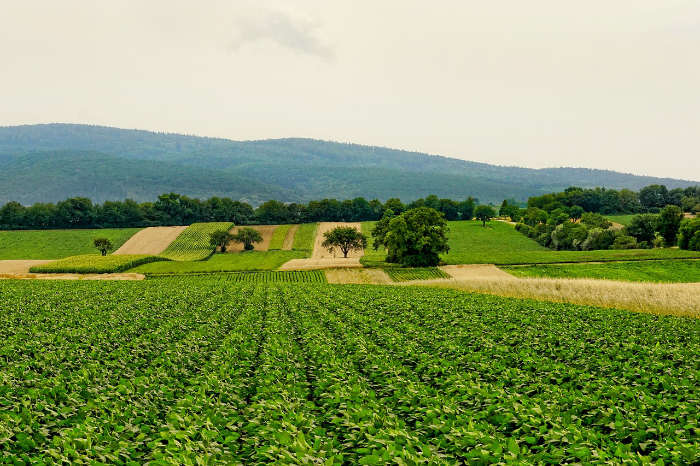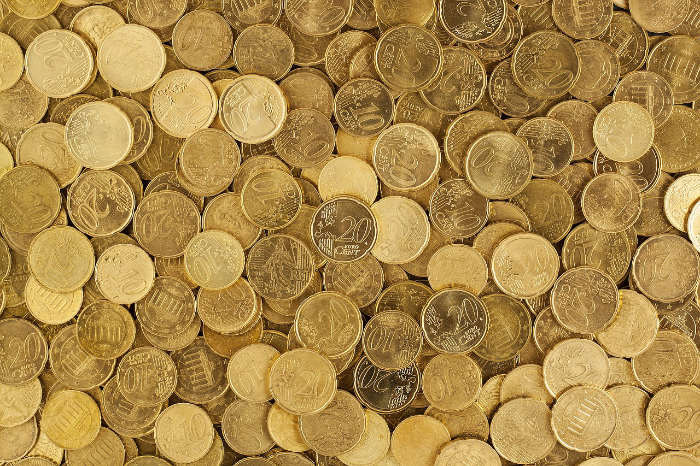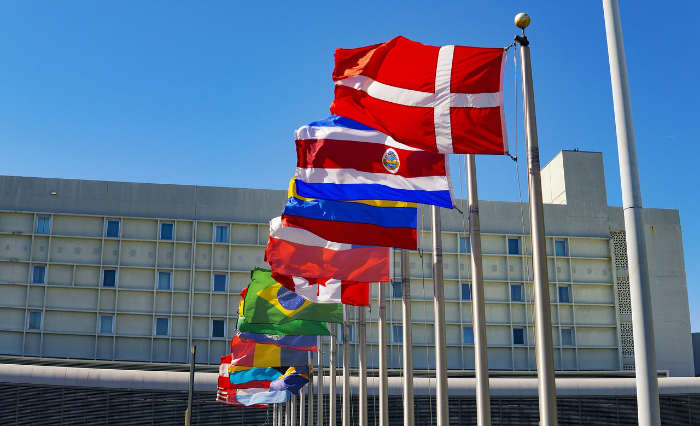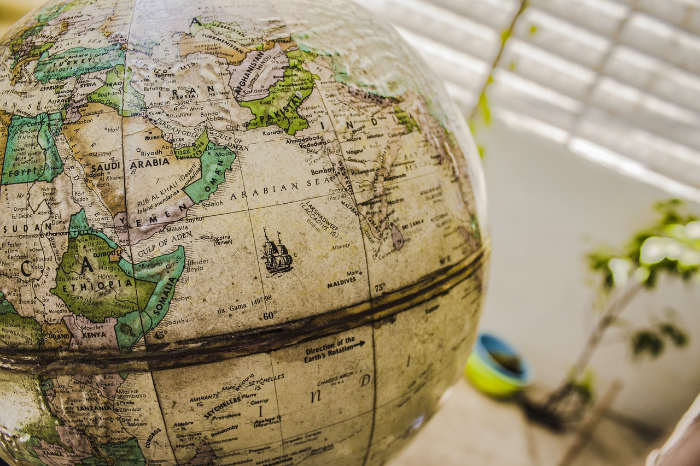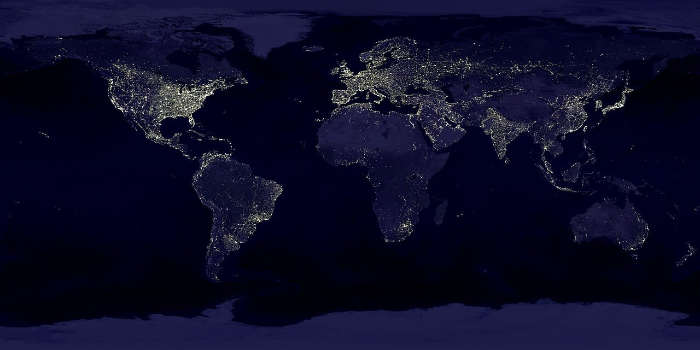Rice Consumption by Country 2025

0
20M
40M
60M
80M
100M
120M
140M
160M
180M
200M
190,936,000 tonnes
140,276,000 tonnes
51,028,000 tonnes
42,258,000 tonnes
22,474,000 tonnes
Country | Rice Consumption 2022 (t)↓ | Rice Consumption per Capita 2022 (kg/yr) | |
|---|---|---|---|
| China | 190,936,000 | 134 | |
| India | 140,276,000 | 99 | |
| Indonesia | 51,028,000 | 185 | |
| Bangladesh | 42,258,000 | 247 | |
| Philippines | 22,474,000 | 194 | |
| Vietnam | 22,399,000 | 228 | |
| Myanmar | 15,115,000 | 279 | |
| Thailand | 12,823,000 | 179 | |
| Japan | 9,107,000 | 73.5 | |
| Brazil | 7,936,000 | 36.9 | |
| Nigeria | 7,211,000 | 33 | |
| Egypt | 5,484,000 | 49.4 | |
| Madagascar | 4,545,000 | 153 | |
| South Korea | 4,312,000 | 83.2 | |
| Nepal | 4,263,000 | 140 | |
| Sri Lanka | 4,216,000 | 193 | |
| Pakistan | 4,185,000 | 17.7 | |
| Cambodia | 4,151,000 | 248 | |
| Malaysia | 4,096,000 | 121 | |
| United States | 3,944,000 | 11.7 | |
| Ivory Coast | 3,196,000 | 114 | |
| Iran | 3,060,000 | 34.5 | |
| Tanzania | 2,518,000 | 38.5 | |
| Iraq | 2,400,000 | 62.9 | |
| Peru | 2,371,000 | 69.6 | |
| Colombia | 2,315,000 | 44.6 | |
| Guinea | 2,239,000 | 162 | |
| Senegal | 2,135,000 | 123 | |
| Ghana | 2,054,000 | 61.4 | |
| Cuba | 1,878,000 | 168 | |
| DR Congo | 1,856,000 | 18.7 | |
| Saudi Arabia | 1,754,000 | 48.2 | |
| Laos | 1,708,000 | 227 | |
| Mali | 1,652,000 | 73.1 | |
| Mozambique | 1,548,000 | 46.9 | |
| Taiwan | 1,489,000 | 62.3 | |
| Cameroon | 1,404,000 | 50.3 | |
| Sierra Leone | 1,391,000 | 162 | |
| Turkey | 1,327,000 | 15.6 | |
| Venezuela | 1,322,000 | 46.7 | |
| Afghanistan | 1,303,000 | 31.7 | |
| Kenya | 1,297,000 | 24 | |
| South Africa | 1,289,000 | 21.5 | |
| Russia | 1,216,000 | 8.4 | |
| Ethiopia | 1,182,000 | 9.58 | |
| Niger | 1,142,000 | 43.6 | |
| Ecuador | 1,127,000 | 62.6 | |
| Benin | 1,119,000 | 83.8 | |
| Mexico | 1,114,000 | 8.73 | |
| Burkina Faso | 1,014,000 | 44.7 | |
| Yemen | 969,000 | 28.8 | |
| United Kingdom | 961,000 | 14.2 | |
| Uganda | 944,000 | 20 | |
| Haiti | 892,000 | 77 | |
| Liberia | 879,000 | 166 | |
| Dominican Republic | 843,000 | 75.1 | |
| Angola | 719,000 | 20.2 | |
| Gambia | 694,000 | 256 | |
| France | 679,000 | 10.5 | |
| Canada | 654,000 | 17 | |
| Germany | 648,000 | 7.77 | |
| Papua New Guinea | 640,000 | 63.1 | |
| Nicaragua | 582,000 | 83.8 | |
| Bolivia | 534,000 | 43.7 | |
| Italy | 532,000 | 9.01 | |
| Spain | 520,000 | 10.9 | |
| Argentina | 504,000 | 11.1 | |
| Panama | 471,000 | 107 | |
| Mauritania | 457,000 | 96.5 | |
| United Arab Emirates | 456,000 | 48.3 | |
| Belgium | 453,000 | 38.9 | |
| Hong Kong | 416,000 | 55.5 | |
| Togo | 413,000 | 46.7 | |
| Oman | 376,000 | 82.2 | |
| Australia | 366,000 | 14 | |
| Kuwait | 326,000 | 76.3 | |
| Chad | 323,000 | 18.2 | |
| Costa Rica | 321,000 | 62 | |
| Guinea-Bissau | 309,000 | 147 | |
| Rwanda | 294,000 | 21.3 | |
| Uzbekistan | 292,000 | 8.43 | |
| Zimbabwe | 275,000 | 16.8 | |
| Algeria | 265,000 | 5.9 | |
| Israel | 254,000 | 28.1 | |
| Qatar | 251,000 | 93.3 | |
| Chile | 244,000 | 12.4 | |
| Comoros | 230,000 | 275 | |
| Honduras | 220,000 | 21.1 | |
| Poland | 210,000 | 5.28 | |
| Guatemala | 207,000 | 11.6 | |
| Syria | 194,000 | 8.78 | |
| Portugal | 188,000 | 18.3 | |
| Timor-Leste | 186,000 | 138 | |
| Tajikistan | 180,000 | 18.1 | |
| Kazakhstan | 179,000 | 9.24 | |
| Libya | 175,000 | 25.7 | |
| Sudan | 151,000 | 3.22 | |
| Morocco | 151,000 | 4.03 | |
| Bhutan | 138,000 | 177 | |
| Romania | 133,000 | 6.75 | |
| Sweden | 128,000 | 12.2 | |
| Gabon | 128,000 | 53.5 | |
| Malawi | 127,000 | 6.2 | |
| Mauritius | 123,000 | 94.6 | |
| Ukraine | 121,000 | 3.06 | |
| Burundi | 116,000 | 9 | |
| Zambia | 111,000 | 5.56 | |
| Jamaica | 108,000 | 38.3 | |
| Djibouti | 105,000 | 93.6 | |
| Republic of the Congo | 103,000 | 17.3 | |
| Netherlands | 102,000 | 5.83 | |
| El Salvador | 102,000 | 16.1 | |
| Bahrain | 95,000 | 64.8 | |
| Turkmenistan | 86,000 | 13.4 | |
| Azerbaijan | 81,000 | 7.81 | |
| Austria | 81,000 | 9.08 | |
| Guyana | 79,000 | 97.8 | |
| New Zealand | 78,000 | 15 | |
| Finland | 76,000 | 13.7 | |
| Central African Republic | 76,000 | 13.7 | |
| Czechia | 72,000 | 6.89 | |
| Hungary | 72,000 | 7.25 | |
| Mongolia | 72,000 | 21.2 | |
| Botswana | 69,000 | 26.3 | |
| Greece | 63,000 | 6.06 | |
| Suriname | 62,000 | 100 | |
| Solomon Islands | 57,000 | 78.6 | |
| Denmark | 56,000 | 9.47 | |
| Fiji | 55,000 | 59.6 | |
| Kyrgyzstan | 53,000 | 7.94 | |
| Ireland | 51,000 | 10.1 | |
| Uruguay | 48,000 | 13.9 | |
| Eswatini | 48,000 | 39.7 | |
| Cape Verde | 45,000 | 76.2 | |
| Namibia | 43,000 | 16.8 | |
| Norway | 41,000 | 7.48 | |
| Maldives | 40,000 | 76.4 | |
| Paraguay | 38,000 | 5.61 | |
| Trinidad and Tobago | 38,000 | 24.9 | |
| South Sudan | 36,000 | 3.25 | |
| Albania | 34,000 | 11.8 | |
| Vanuatu | 34,000 | 105 | |
| Switzerland | 32,000 | 3.7 | |
| Tunisia | 30,000 | 2.42 | |
| Bulgaria | 27,000 | 3.99 | |
| Lesotho | 26,000 | 11.3 | |
| Lithuania | 24,000 | 8.73 | |
| Armenia | 22,000 | 7.8 | |
| Slovakia | 20,000 | 3.61 | |
| Croatia | 17,000 | 4.28 | |
| Moldova | 17,000 | 6.27 | |
| Georgia | 16,000 | 4.25 | |
| Sao Tome and Principe | 16,000 | 71.5 | |
| Belize | 13,000 | 32.5 | |
| Samoa | 13,000 | 57.4 | |
| Bosnia and Herzegovina | 11,000 | 3.56 | |
| Slovenia | 11,000 | 5.23 | |
| Cyprus | 10,000 | 8.3 | |
| Micronesia | 9,000 | 79.5 | |
| New Caledonia | 7,000 | 22.9 | |
| Seychelles | 7,000 | 62.1 | |
| Estonia | 6,000 | 4.82 | |
| Malta | 6,000 | 11.8 | |
| Barbados | 6,000 | 22.4 | |
| Luxembourg | 5,000 | 8.37 | |
| Bahamas | 5,000 | 11.4 | |
| Saint Lucia | 5,000 | 27.7 | |
| Serbia | 3,000 | 0.42 | |
| Montenegro | 3,000 | 4.37 | |
| Iceland | 3,000 | 7.3 | |
| North Macedonia | 2,000 | 1.11 | |
| Grenada | 2,000 | 16.4 | |
| Saint Vincent and the Grenadines | 2,000 | 24 | |
| Belarus | 1,000 | 0.1 | |
| Macau | 1,000 | 1.85 | |
| Tonga | 1,000 | 4.88 | |
| Antigua and Barbuda | 1,000 | 12.9 | |
| Dominica | 1,000 | 13.1 | |
| Saint Kitts and Nevis | 1,000 | 26 | |
| Lebanon | 0.01 | ||
| Latvia | 0.09 | ||
| Nauru | 34.5 | ||
| Total | 637,012,000 |
- Consumption totals are presented in tonnes, also known as metric tons. One tonne = 1,000 kg, or approximately 2,204.6 lbs.
Top 10 Countries that Consume the Most Rice
Rice is a dietary staple in many countries, particularly across Asia, Africa, and Latin America. It is actually part of the grass family. The two cultivated species of rice are Asian rice (Oryza sativa), which is grown worldwide, and African rice (Oryza glaberrima), traditionally cultivated in parts of West Africa. Wild rice refers to species in the genus Zizania, which are aquatic grasses native to North America and China. Though called ‘rice,’ they are not closely related to Oryza species but have been partially domesticated in some regions.
Initially domesticated in the Yangtze River basin in China 13,500 years ago, rice is plentiful across Asia and Africa. A cereal grain, rice is a tropical crop growing in both dry and wet seasons. The most common method of cultivating rice involves flooding the field, a practice typically carried out in what’s known as a rice paddy. This helps water and protect the plant from vermin and disease.
The rice plant has slender green stems topped with panicles (flower clusters), which typically self-pollinate. The flower’s seeds are the edible cereal. Rice is classified by grain length as long, medium, or short. Rice contains water, protein, carbohydrates, minerals, and a small amount of fat. The grain’s nutrients vary by type - wild, white, brown, red, purple, or black.
This versatile grain ranks third in worldwide agricultural production by volume, following sugarcane and maize. It is an essential world commodity for basic nutrition and calories. Global rice consumption continues to increase - surpassing roughly 510 million metric tons of milled rice. According to the United Nations Food and Agriculture Organization, over 50% of the world’s population relies on rice in their daily diet - providing roughly 20% of the world’s calories.
Rice is cooked by boiling or steaming. Arabian dishes use rice in soups and with fish, poultry, or lamb. Rice is also the main ingredient in a porridge known as congee.
Myanmar tops the world rankings in rice consumption at 279 kg per person consumed annually, as of 2022. In Myanmar, rice is both a cultural cornerstone and an economic lifeline. One of the world’s top rice producers, Myanmar relies heavily on rice not only as its main staple food—featured in nearly every meal—but also as a vital part of rural livelihoods and traditional farming practices passed down through generations.
Other countries that consume large quantities of rice annually include Comoros at 275 kg per person per year, The Gambia at 256 kg, and Cambodia at 248 kg. Bangladesh is the fifth-highest consumer of rice products at 247 kilograms per person per year.
The countries with the next highest rice consumption per capita are Vietnam (228 kg), Laos (227 kg), and the Philippines (194 kg). Rounding out the top ten list of countries that have a rice-centric diet are Sri Lanka at 193 kg and Indonesia at 185 kg. In comparison, Americans consume only 11.7 kg per person yearly. The Lebanese consume the least rice annually at about 0.01 kg per person.





